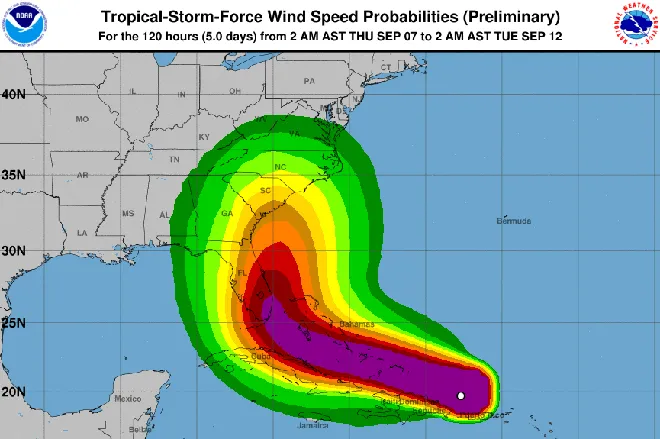
Teamsters-UPS reach ‘game-changing’ labor deal to avert strike
(Colorado Newline) UPS and its workers, represented by the Teamsters, reached a tentative deal on Tuesday to prevent an Aug. 1 strike of 340,000 union members at the package carrier. A work stoppage could have cost the U.S. economy billions by disrupting supply chains and upending distribution to both large and small businesses, hospitals and homes.
Representatives of the UPS Teamsters locals will meet to review the deal on July 31 and members will vote on it between Aug. 3 and Aug. 22.
The five-year contract includes a wage increase to bring part-time workers’ pay to at least $21 an hour immediately and full-time workers to an average top rate of $49 an hour. UPS also agreed to workplace safety protections such as air conditioning in vehicles purchased after January 2024, and to stop the practice of requiring overtime on days off. UPS drivers have been demanding better protections for working in the heat after instances where workers have been hospitalized, and in some cases died, on the job.
Teamsters General President Sean O’Brien said in a statement, “UPS has put $30 billion in new money on the table as a direct result of these negotiations. We’ve changed the game, battling it out day and night to make sure our members won an agreement that pays strong wages, rewards their labor, and doesn’t require a single concession. This contract sets a new standard in the labor movement and raises the bar for all workers.”
Carol Tomé, CEO of UPS, called the deal a “win-win-win agreement.”
President Joe Biden congratulated UPS and the Teamsters on the tentative deal and stated, “While this agreement still awaits final ratification by Teamsters members, today’s announcement moves us closer to a better deal for workers that will also add to our economic momentum.”
A strike could have cost the economy $7 billion, according to an analysis from Anderson Economic Group. A 10-day strike would have cost consumers $4 billion and UPS workers $1.1 billion in lost wages, according to the analysis. In 2021, UPS made up 37% of parcel market share in the United States. UPS announced in April that its first quarter revenue was $22.9 billion and its operating profit was $2.5 billion.
“Workers are all powerful right now, particularly in this sector where it takes roughly twice as many workers to process the same volume of product that goes out in e-commerce as opposed to brick and mortar retail,” said Thomas Goldsby, Haslam chair in logistics at the University of Tennessee.
Goldsby said that he doesn’t see demand for e-commerce going away as so many consumers have become accustomed to receiving their items quickly and efficiently, which requires a lot of labor.
“You think about a big store that would receive a full pallet of product and it might have hundreds or thousands of items on that pallet. Well, e-commerce takes it upstream and says we’re breaking down the pallets in a regional distribution center and it’s going to be a worker in a warehouse that unpacks the box that grabs the items, that repackages, that labels, and ships,” he said. “Then ultimately, it takes people to deliver the item. So it’s much more labor intensive and I just don’t see us moving away from e-commerce, even if growth kind of tempers and tapers off a bit.”
Goldsby, who has closely followed the developments in the UPS-Teamsters negotiations, said he believes it’s likely membership will vote to accept the deal because of the broad gains workers made in the agreement.
“In so many categories — economic, non-economic, wages, benefits, holidays, work conditions, there were gains virtually across the board,” he said.
Colorado Newsline is part of States Newsroom, a network of news bureaus supported by grants and a coalition of donors as a 501c(3) public charity. Colorado Newsline maintains editorial independence. Contact Editor Quentin Young for questions: info@coloradonewsline.com. Follow Colorado Newsline on Facebook and Twitter.















